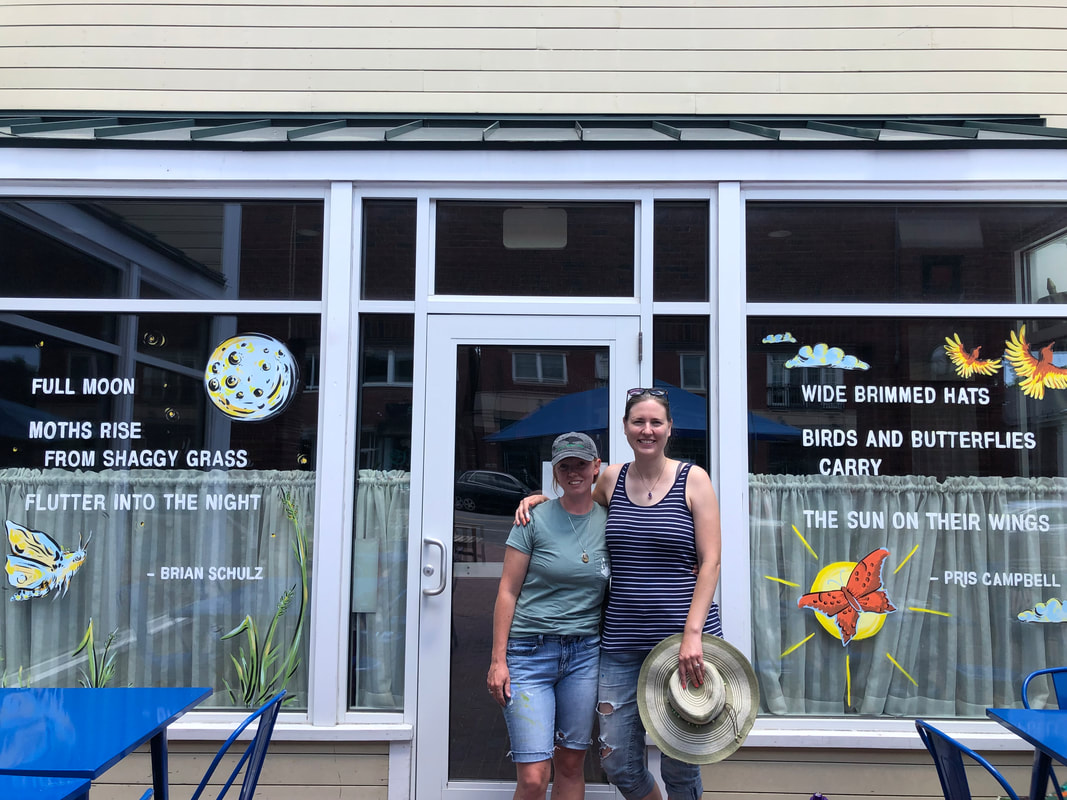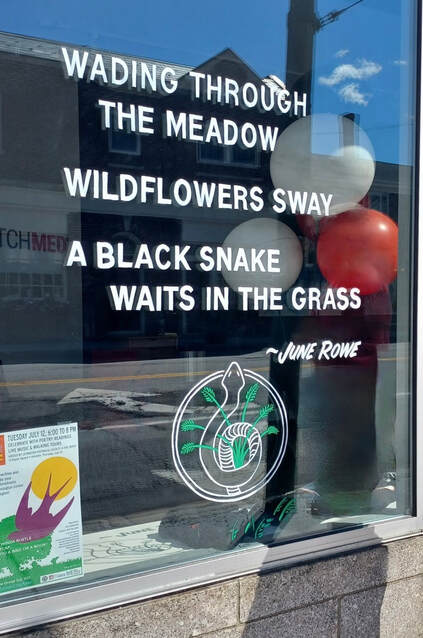NEIGHBORHOOD HAIKU COMES TO LEXINGTON
We’re celebrating Lexington with Neighborhood Haiku – a public art project bringing original poetry to storefront windows!
Haikus are sorted by first name of the poets
Haikus A-C Haikus D-I Haikus J-L Haikus M-Z
Haikus are sorted by first name of the poets
Haikus A-C Haikus D-I Haikus J-L Haikus M-Z
Discover beautiful Haikus in Lexington Center
Discover beautiful Haiku's in East Lexington

We’re celebrating Lexington with Neighborhood Haiku – a public art project bringing original poetry to storefront windows! Inspired by a successful project organized by our neighbors at the Arlington Commission for Arts & Culture, we’re inviting the whole Lexington community to take up pen and write a 3-line poem! Thirty haiku will be selected to be hand-painted in storefront windows as a way to show our local small businesses some love and showcase local creativity. All haiku will be published on LexArtsCouncil.org and all authors will be invited to read at a July celebration. So take the haiku challenge!
You can write on your own, collaborate with friends or family, or take a workshop. Anyone who lives, works, or spends time in and is inspired by Lexington is eligible to submit. Poems are due on June 1 via email to: [email protected] What should the haiku be about? Whatever you like, but best to anchor your haiku in observation of the world around you. Community and conversation, local shops and restaurants, history and nature – there’s a lot here in Lexington to inspire your poems. Haiku offers a fun and challenging form to capture a moment or memory. You can pack a surprising amount into these short, short poems – 17 syllables max – but you have to pick each word strategically. Many haiku incorporate humor or have a surprise twist at the end. One of the best ways to polish up your haiku skills and fire up your imagination is a workshop. Workshop schedule and registration, our Open Call, Rules, Inspiring Examples, and Links to Resources are all below. |





